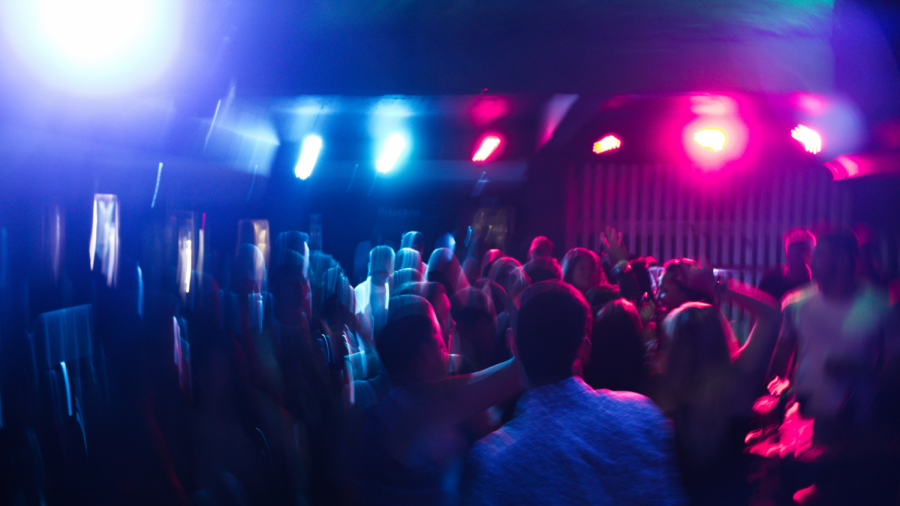Getting COVID-19 doesn’t make you cool
Canva
With student postings on social media of large gatherings on the rise, the virus-free future we all want is moving further away
Close your eyes and remember that cold March day, the last day of normal school we would have for months to come. Remember how for the next month you gave groups larger than two dirty looks? Remember the Instagram posts in which we all agreed we needed to take this pandemic seriously?
We just want you to remember before we tell you something you probably don’t want to hear. Nothing has changed except for the weather. That’s right. The pandemic? Still happening.
We bring this up now, at the start of the school year because we’ve seen more and more students posting pictures in large groups. Whether they be at the beach, donning Green Team sweatshirts, or at a party, these posts are on the rise. Let’s break down why this is problematic.
First and foremost, getting COVID-19 doesn’t make you cool. It makes you sick. And it makes people around you sick. It could even kill you — or them.
If you got COVID-19 from going out in large groups, not wearing a mask, not sanitizing you are being reckless. Maybe you think you are proving that you have more fun, or more friends, but rather you are demonstrating you prioritize socializing over the health and well being of others.
To anyone at risk or worried about those at risk, these pictures send a clear message that a party is more important than their safety.
By participating in these gatherings you are putting yourself and the whole community at risk for contracting COVID-19. Every single unmasked person at these events poses an exponential threat to the community as they risk infecting anyone they come into contact with as well as anyone their contacts interact with and so on.
One of the most challenging parts of COVID-19 is its silent presence in asymptomatic carriers. The implication of this silence is that one could attend a party feeling completely fine and still infect those around them.
With New Trier’s looming opening, the risk associated with large gatherings is even higher.
Beyond the problems associated with physically being at these gatherings, posting photos sends a disturbing message to classmates who may be returning to school. The students in posts display a complete disregard for public health making other students anxious to share hallways and classrooms.
Seeing these pictures may encourage other students to follow suit and break social distancing as well. We all want to return to normal life. But taking these risks — and posting the evidence of recklessness — push us further and further away from returning to any semblance of normalcy.







































